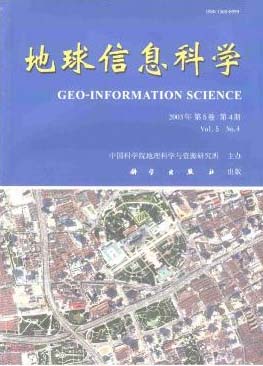ARTICLES
XIA Shudong, LI Qi, CHENG Jicheng
2003, 5(4): 53-56.
The Grid refers to an computer network infrastructure that enables the geographical distributed computing resource,storage resource,network resource,software resource,data resource,information resource… etc, to be integrated into a logistic one. Grid technology as a new generational Web technology,will deeply influence the development of Geographic Information System(GIS), especially on Web based large scale GIS,which is the key component of digital city .The infl uence is fully analyzed from six respects in this paper,and some conclusion are listed in this paper. Grid computing technology provides powerful computing resource support for data intensive spatial analyses,which is the key function of GIS, especially in GIS based simulation fields,such as urban transportation sim ulation and atmospheric pollution simulation. Data Grid technology provides integ rated solution for the storage,analyses,management,movement of large scale spatial data,and Spatial Data Grid(SDG) is the most powerful style of National Spatal Data Infrastructure(NSDI). Grid technology also provides a new method for real time scene rending and large scale scene data storage in Virtual Reality Geograp hic Information System(VRGIS),which is very promising in Virtual Geographic Envi ronment(VGE) construction. VRGIS can be used in fields such as martial flight si mulation and virtual city So Grid technology will speed the multi dimension tre n d of the development of geographic information system.With Grid technology,we ca n solve the interoperability problem more easily,which includes data interoperab ility problem,semantic interoperability problem and system interoperability prob lem. The software development model by using agent components that quarter at gr id node to build up applicatonal software danamicly in large scale geographic i n formation system domain will deeply influence the menthod of geographic informat ion system applicatonal software development. Finally,we advice to boost the dev elopment of the geographic information system industry by building up National S patial Information Grid(NSIG),which is the most important part of digital city. All in all, Grid can provide integrated geographic information application and/o r services for geographical distributed users at different organizations as if i t were a super WebGIS.
